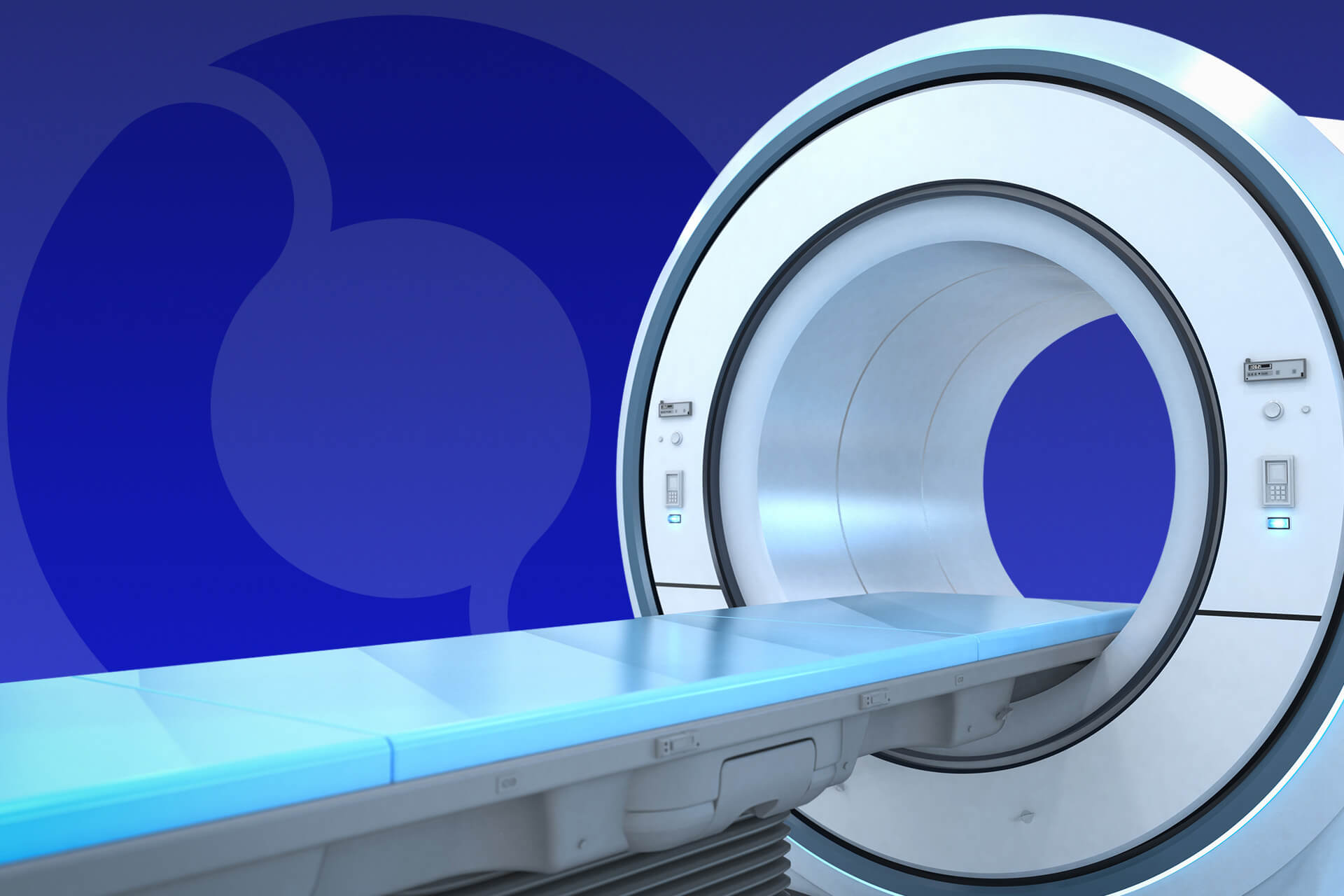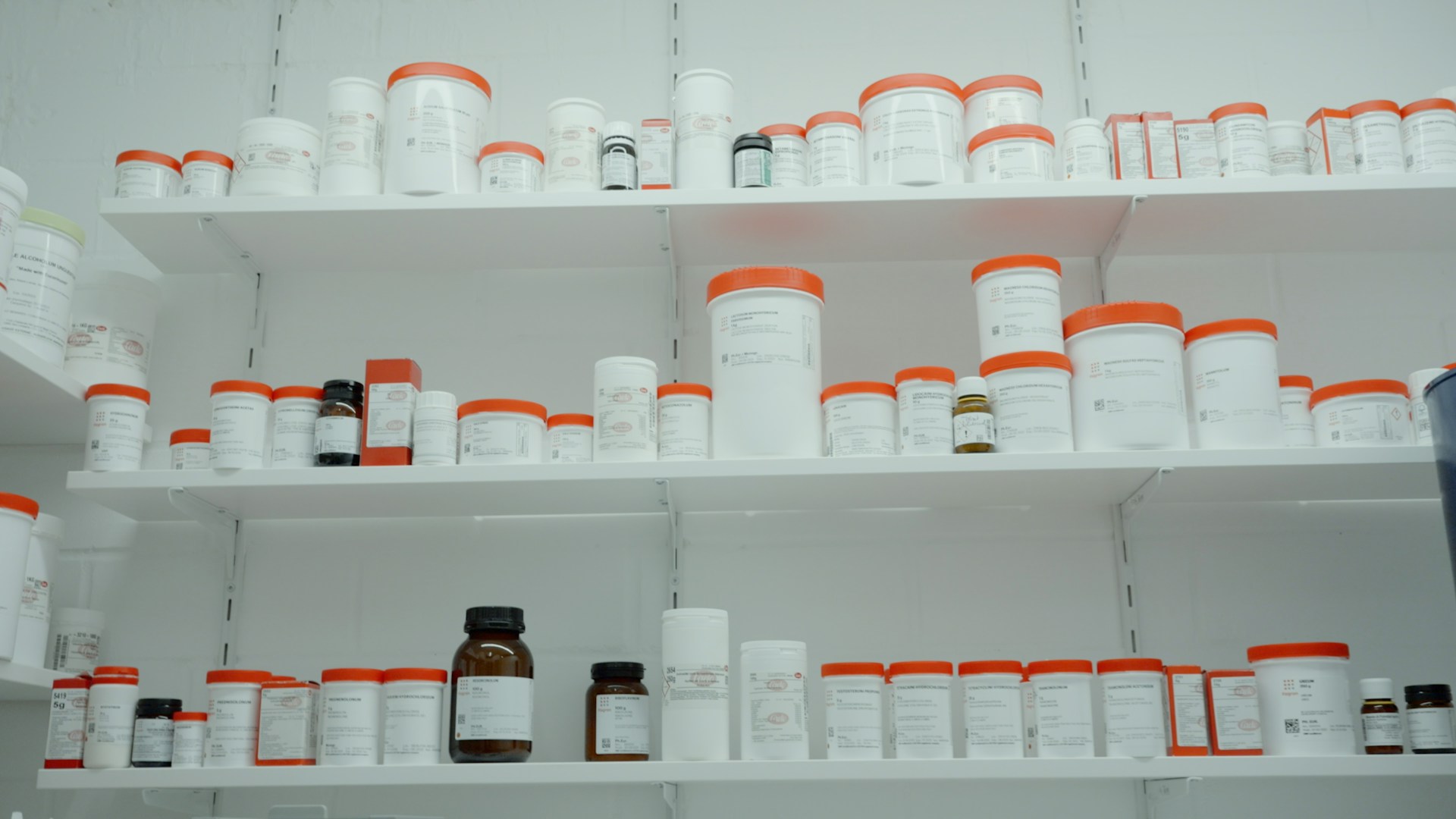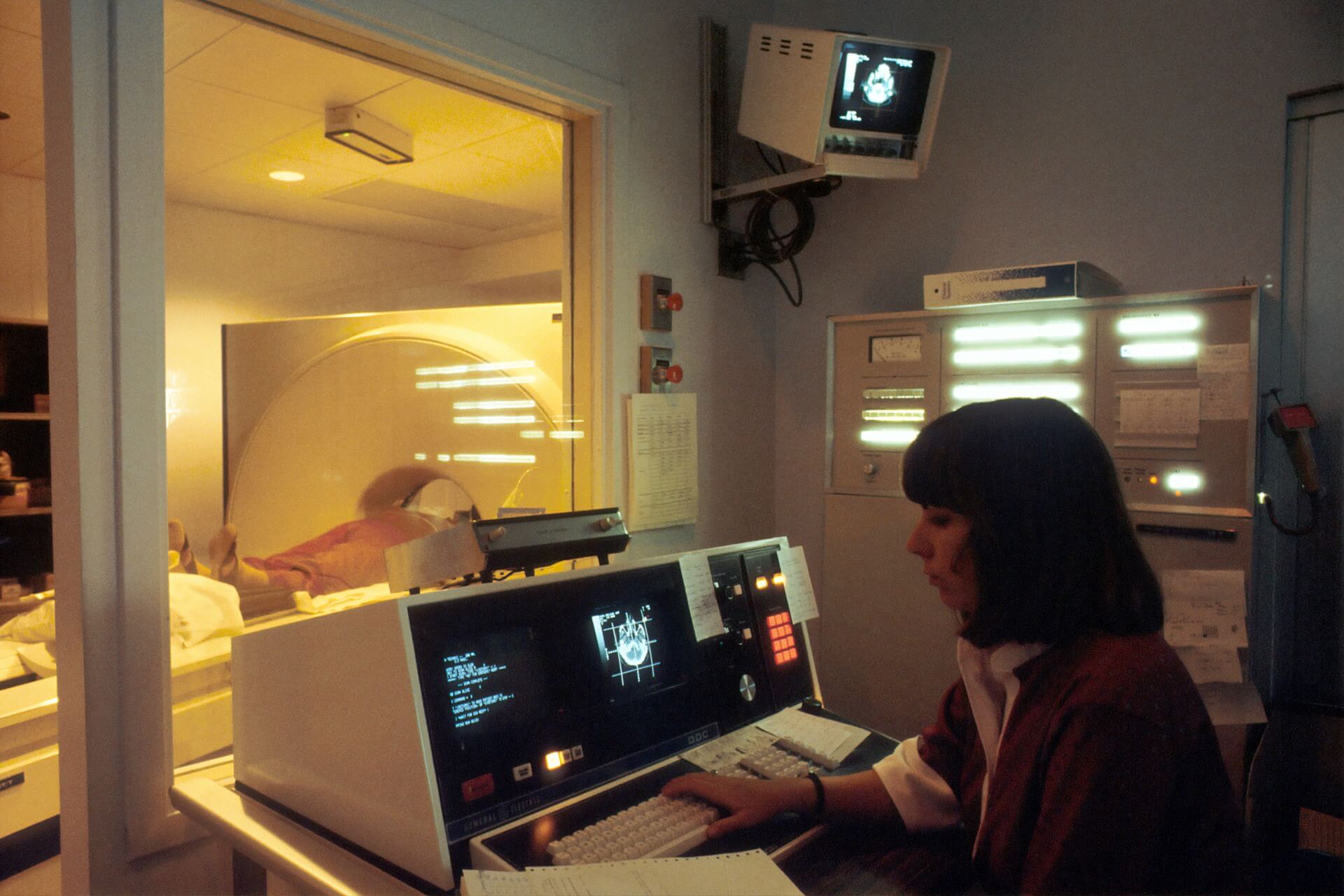
How Physics in Medicine Saves Lives
August 4, 2022 - Lou Farrell
Revolutionized is reader-supported. When you buy through links on our site, we may earn an affiliate commission. Learn more here.
The development of physics in medicine is the secret behind numerous life-saving technologies. Collaboration between doctors and physicists over the years has led to the invention of new medical treatments and diagnosing technologies that are commonplace today. X-rays, ultrasounds, optometry, and more would not be possible without physics, the cornerstone of science. These are the top ways that physics in medicine saves lives every day.
Medical Imaging Technologies
Medical imaging is a crucial part of modern medicine. X-rays alone have become a commonplace technology for everything from treating a broken bone to realigning teeth with braces. Other imaging technologies, like CT scans, MRIs, and ultrasound, are vital for treating a variety of conditions. None of these technologies would be possible without physics in medicine.
X-Rays and CT Scans
It was a physicist who first discovered x-rays in 1895, a German man named Wilhelm Roentgen. Wilhelm was doing experiments with a gas discharge tube when he unintentionally made a screen glow with x-rays produced by the covered tube. Scientists quickly discovered the power of x-rays for seeing the inner workings of the human body. Physics allowed them to understand what they were seeing and how it was possible. Interestingly, Wilhelm Roentgen won a Nobel Prize in 1901 for discovering x-rays – in physics, not medicine.
X-rays are a type of radiation like the light we see in the visible part of the electromagnetic spectrum. X-ray images are created by the interactions between beams of x-ray radiation and electrons inside the body. The denser an object is, the more clearly it shows up in the image. This is why it is easier to see bones in x-rays than soft tissue.
Computed tomography, or CT, scans combine numerous x-ray scans to get a three dimensional view of the body. Docto like identifying the size and shape of tumors. Thanks to the work of physicists in developing x-ray technology, doctors can conduct surgeries with precise knowledge of what is going on inside their patients’ bodies.
MRI Machines
Magnetic resonance imaging, better known as MRI, is another crucial medical imaging technology used today. This device is rooted in the physics of magnetism. MRI machines use magnetic fields and radiofrequency currents to stimulate protons in the body, causing them to release energy.
The way different molecules release energy and respond to the MRI allows doctors to tell what types of tissue they are looking at in an MRI image. Doctors often use MRI machines to scan parts of the body like the brain, spinal cord, muscles, and soft tissues. MRI scans pick up these parts of the body much better than x-rays do.
Ultrasound Imaging
X-rays use radiation to produce images. MRI uses magnetism to do the same. Ultrasound creates yet another approach, using sound waves to “see” inside the body. Most well-known for its use in maternal and prenatal care, ultrasound is crucial for numerous medical procedures. For example, a doctor might use ultrasound to help diagnose appendicitis and other conditions affecting parts of the body like the heart, liver, or kidneys.
Ultrasound scans send high-frequency sound waves through the body and measure the reflected sound waves sent back when the waves bounce off boundaries between organs and body parts. These reflections paint a picture of what is going on inside the body. Unlike x-rays or MRI, ultrasound imaging works in real time, like a live video feed.
This is a great example of physics in medicine at work. By studying and understanding the physics of sound waves, scientists were able to discover this technique for applying those physics principles to practical technology.
Physics-Based Cancer Treatments
Doctors and scientists are using physics in medicine to develop cutting-edge treatments for one of the world’s most complex conditions: cancer. Some physics-based cancer treatments have already become widely used around the world, such as radiation therapy. Physics may well be the key to curing cancer one day.
Radiation and Nuclear Medicine
Nuclear medicine as a whole includes both imaging and treatment technologies. It involves using radioactive materials called radiopharmaceuticals to observe and treat conditions in the soft tissues and organs, including cancer. Radiopharmaceuticals are effective because they can target specific parts of the body or specific types of cells without damaging the rest of the body. This complex medical technology is at the crossroads of biology, chemistry, and physics. The physics of radiation plays an important role in radiotherapy cancer treatments.
By giving patients a small amount of a radiopharmaceutical, doctors can see organs and soft tissues in x-rays. The way tissue or organs absorb the radiopharmaceutical can indicate how well it is functioning. This imaging technique helps doctors diagnose and monitor cancer.
Doctors also use radiation to treat cancer. Some types of cancerous tumors can be eliminated using precise beams of intense radiation, such as x-rays. The radiation destroys the genetic material that makes the cancerous cells continue growing, slowly reducing the size of the tumor over the course of multiple radiation sessions.
Proton Beam Therapy
The most advanced cancer treatment available today is proton beam therapy. Due to the specialized equipment needed for it, it is not as widely available as most other cancer treatments. However, proton therapy is more precise than x-ray radiation therapy and usually causes less side effects and damage to the body.
Using a particle accelerator, protons are moved at an extremely high speed, creating high energy. Doctors and physicists can control how much energy is created by controlling the acceleration of the protons. Controlling the energy level of the protons determines how deep they penetrate into the body when the beam of radiation is aimed at the patient. As a result, proton beam therapy is much more precise than x-ray radiation therapy. Doctors can more accurately target the cancerous tumor while sparing surrounding healthy tissue.
The Physics of the Human Body
The way the human body functions is closely tied to core principles of physics. Topics like mechanics, thermodynamics, optics, and electricity describe why certain parts of the body work the way that they do. This information helps doctors treat their patients and helps physicists and engineers develop new medical technologies.
For example, thanks to the physics of optics, we have corrective eyeglasses and laser eye surgery. Optics is the study of the behavior and properties of light. By studying how different materials reflect and refract light, physicists were able to develop lenses that can do a wide variety of things. Eyeglasses are the most common example but optical physics also powers things like microscopes, which are absolutely vital in science and medicine. Scientists have even learned how to use lasers to reshape the surface of the eye so that it refracts light correctly again, restoring 20/20 vision.
Thermodynamics is another great example of physics in medicine on the most fundamental level. It is the physics of heat and energy transfer, giving context to conditions like frostbite or hypothermia. An understanding of the laws of thermodynamics can help medical professionals treat these conditions effectively.
In fact, even the most basic treatment for something like frostbite is rooted in thermodynamics, although many people don’t realize it. When someone is cold, we consider it logical to respond by giving them something warm, hugging them, or wrapping them in a blanket. These responses transfer heat to the person who is cold, helping them return their body to its normal temperature.
The Future of Physics in Medicine
The development of physics in medicine has led to numerous groundbreaking, life-saving innovations. Even more advanced breakthroughs are on the horizon, though. From microscopic robots that perform non-invasive surgeries to 3D printed organs, these technologies are pushing the boundaries of physics and medicine – and they may soon be a reality.
Microbots
For example, in 2022, researchers at Northwestern University released details on a prototype microscopic robot they’d developed. The tiny robot is shaped like a crab and smaller than the thin edge of a penny. The researchers hope that little fleets of these robots will one day be able to perform surgeries from inside patients, without any need for doctors to cut them open. This is one of many early developments in microrobotics and nanotechnology, a growing field in medical physics.
Synthetic Organs
Scientists are also working hard to find a solution to the shortage of healthy organs for patients in need of transplants. 3D printing could be the solution. The materials science field of physics is a critical part of the research surrounding 3D printed organs. Scientists need to combine materials science and biology to find a suitable synthetic material for 3D printed organs that can function in a healthy way with the rest of the human body. These synthetic organs may even help patients live healthier lives after transplant surgery. Medical physicists could design the organs in such a way that the body would not reject the new organ.
Genetic Engineering
Physics also plays a key role in CRISPR and genetic engineering, one of the most well-known technologies on the horizons of science and medicine. This controversial medical breakthrough may one day allow doctors to alter patients’ DNA in order to heal diseases on a genetic level and possibly alter other traits as well, such as appearance. In order to study and develop CRISPR technology, scientists need a thorough understanding of molecular physics and dynamics, which determine the behavior and properties of DNA molecules.
Physics in Medicine: Saving Lives Every Day
The importance of physics in medicine cannot be overstated. Physics is arguably the most foundational science there is, describing the way the universe itself works. Without a deep and detailed understanding of physics, doctors would not have numerous life-saving medical technologies that exist today. From eyeglasses to cancer treatments, physics in medicine heals and saves lives every single day.
Revolutionized is reader-supported. When you buy through links on our site, we may earn an affiliate commission. Learn more here.
Author
Lou Farrell
Lou Farrell, Senior Editor, is a science and technology writer at Revolutionized, specializing in technological advancements and the impacts on the environment from new developments in the industry. He loves almost nothing more than writing, and enthusiastically tackles each new challenge in this ever-changing world. If not writing, he enjoys unwinding with some casual gaming, or a good sci-fi or fantasy novel.







